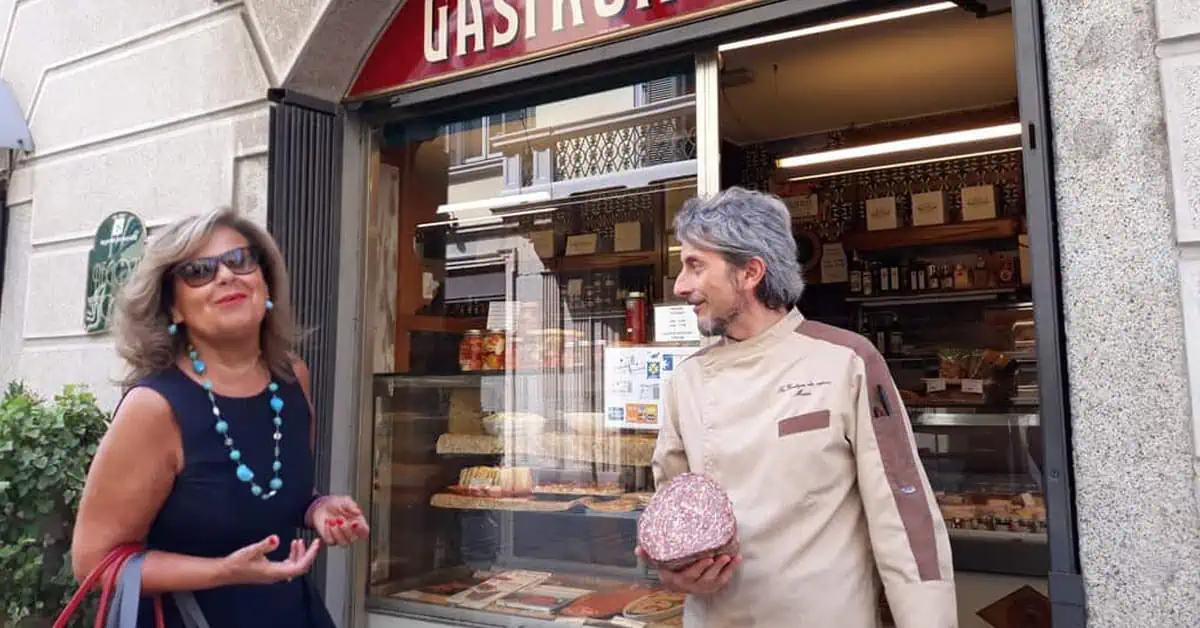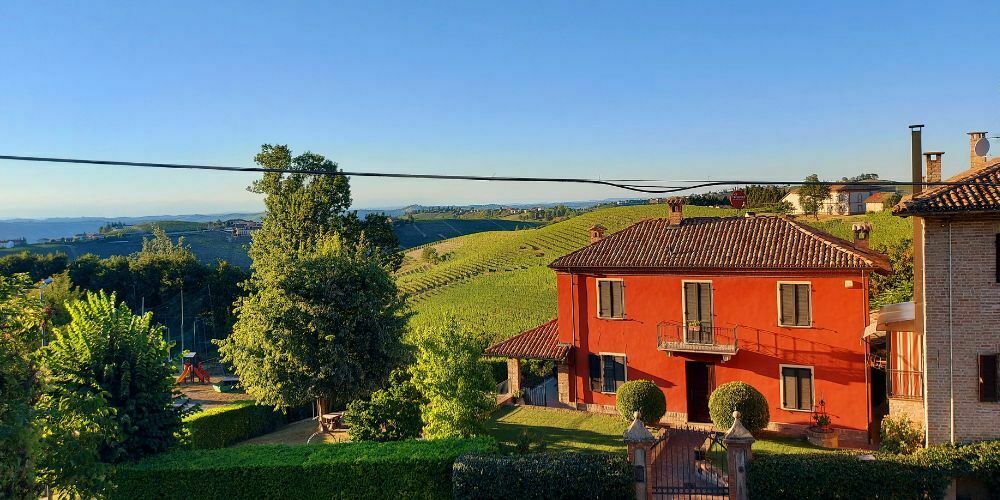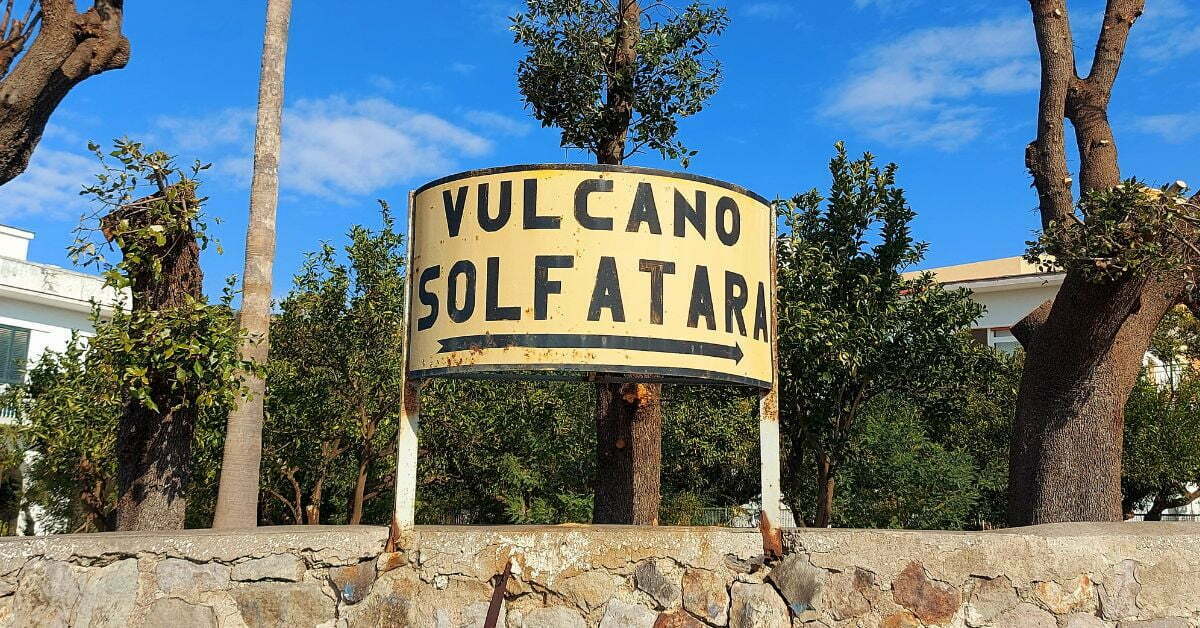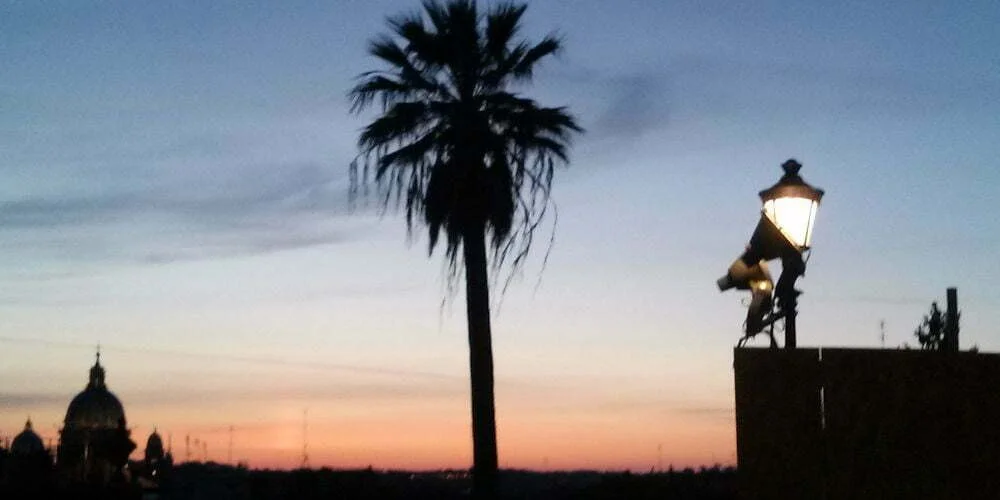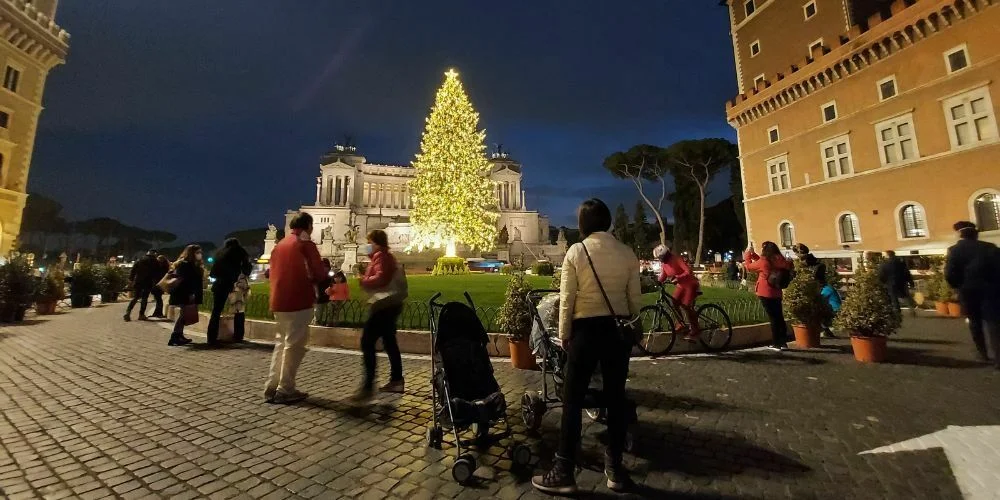The Italian currency is the euro. Italian currency was called the lira until 2002. Other Italian money issues are briefly explained in this article.
We have listed some questions and answers regarding the Italian currency. We do this because outside Europe it is not very clear what the Italian currency is. Also, we have covered some other money issues that are useful to travelers.
What is the Italian currency?
In Italy the euro was introduced as a currency on January 1, 2002. This happened simultaneously in 11 other European countries. Since then other European countries have joined the currency union. Currently the euro is the official means of payment in 19 countries, roughly all of Western and Southern Europe (excluding the United Kingdom and Switzerland).
This content is not shown.
Click on this block to display all our content, by accepting our cookies or review our cooky-policy below.
What is the exchange rate between the euro and the dollar (pound etc)?
Of course, the ratio changes daily, but in general, the following exchange rate have prevailed in recent years:
- 1 euro = 1.10 US dollar
- 1 euro = 0.90 UK Pound
- 1 euro = 1.60 Australian dollar
- 1 euro = 1.50 Canadian dollar
Drop us a note if you want to know the exchange rate between the euro and the currency of your country.
Where do I exchange money?
Exchanging foreign money for euros can of course be done anywhere in Europe where the euro is the official means of payment. So you can withdraw euros in Paris and spend them in Rome, to put it simply.
You can exchange money at exchange offices or preferably banks.
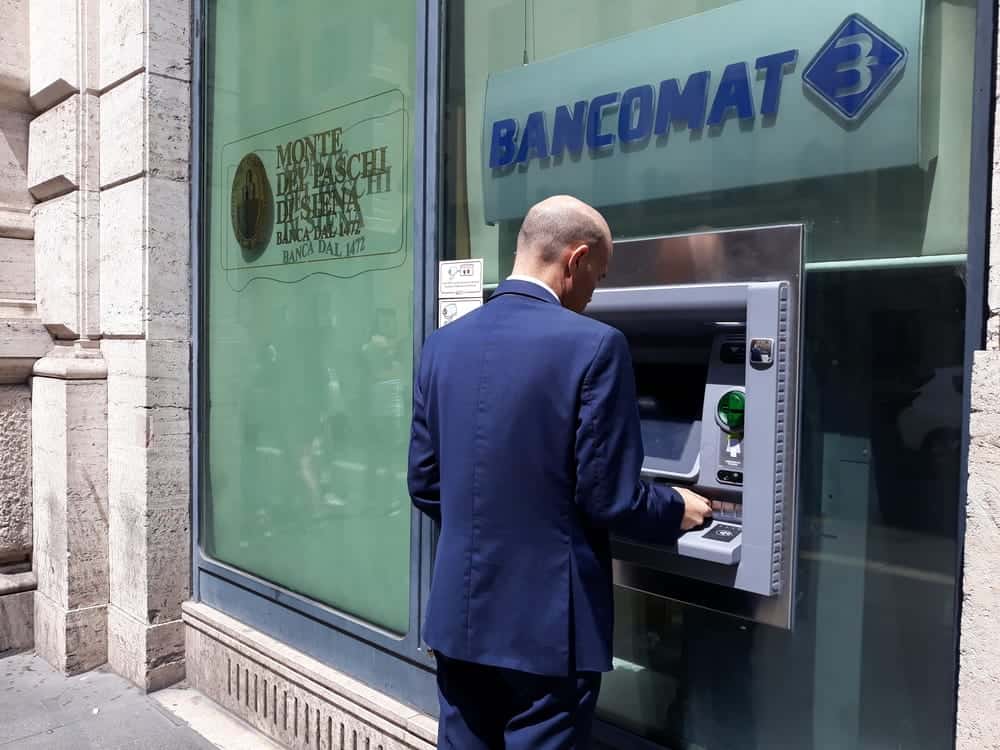
Can I withdraw Italian currency from cash machines?
Cash machines are called bancomat in Italy. The bancomat machines are connected to official banks. There are many of them, because Italy still has a rather fragmented banking system (there are many independent banks). Normally you can withdraw up to 250 euros at a time or per day. The maximum amount also depends on your own bank. Usually there is no commission charged, but again that depends on your own bank.
Please note: Cash machines are not called ATMs in Italy.
This content is not shown.
Click on this block to display all our content, by accepting our cookies or review our cooky-policy below.
In the last five years there has been a flood of ATMs, not labelled ‘bancomat’ but only ‘ATM’. This is clearly aimed at foreign tourists and their wallets. They are often integrated in the front of small shops. They are managed by Euronet, a North American company by the way, and charge a fat commission and a bad exchange rate.
Also read: about the difference between bancomat and ATM in this article about the best travel guides
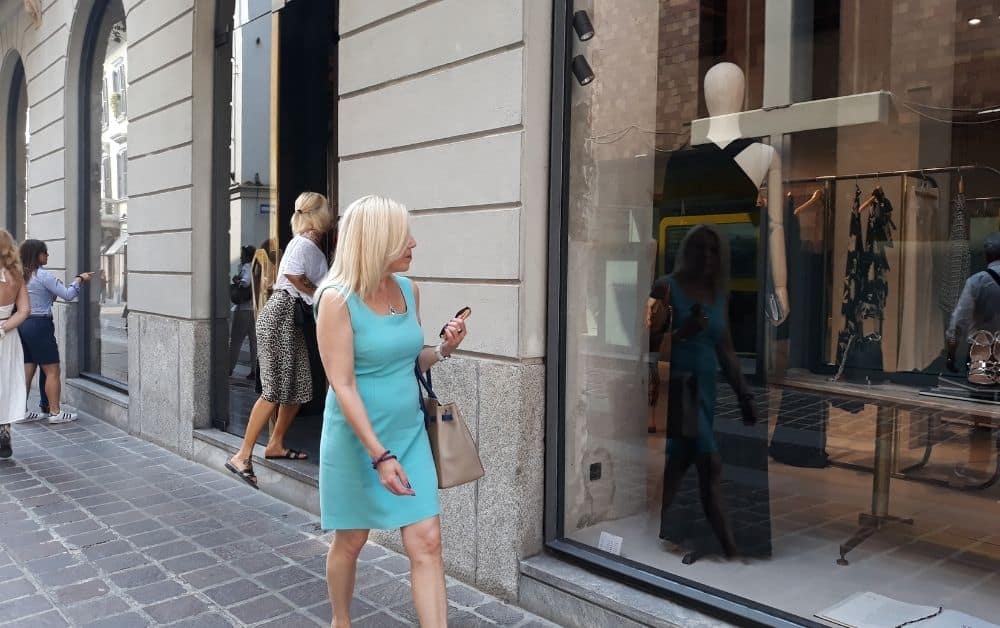
Can I pay for everything by card in Italy?
You cannot travel Italy properly without cash in your pocket.
Cash in Italy does not seem to be eradicating. Every year, the country is in the absolute back row-and in the company of countries like Romania and Bulgaria when it comes to making digital payments. In 2019, Swedes, champions of cashless payments, paid on average 370 times with their debit or credit cards, Italians drew such a card 77 times.
Often a card is refused in small stores (sometimes it is said that the cash machine is broken). Some retailers still only accept cash.
This content is not shown.
Click on this block to display all our content, by accepting our cookies or review our cooky-policy below.
What was the Italian currency before 2002?
Between July 17, 1861 and February 28, 2002, the Italian lira was in use in Italy.
Between January 1, 2002 and February 28, both coins (euro and lira) were accepted in Italy.
The lira (plural form: lire) was divided into 100 cents. The currency devalued sharply in the 20th century. Eventually, the exchange value of the euro in 2002 was almost 2000 lira.
The origin of the lira dates back to the distant past. In Roman civilization, the ‘libra’ was introduced in the third century BC. The word (to translate as ‘pound’) was in relation to a certain weight.
Didn’t the florin also exist in Italy?
Italy was transformed in 1871 into the country we know today. Before 1871, Italy as a country did not really exist. A famous statesman from Austria (a formidable opponent of the Italians in the 19th and 20th centuries) once said:
The word “Italy” is a geographical expression, a qualification that concerns language, but which does not have the political value.
He changed his mind later (when Italy finally transformed itself into a political unity).
Back to the florin.
Before 1871 Italy had been divided for centuries into small principalities, territories, other parts of which were actually colonized by large European states. Each area had its own currency. A famous one was called the ‘florin’, which was minted in the days when Florence (Tuscany) was a powerful republic (13th-16th centuries). The name of the coin comes from the ‘giglio’, the floral emblem (the lily) of the city, that is represented at the head of the coin.
This content is not shown.
Click on this block to display all our content, by accepting our cookies or review our cooky-policy below.
The Italian currency listed in Q&A:
What is the Italian currency?
The Italian currency is the euro. Italian currency was called the lira until 2002. The exchange rate is roughly:
1 euro = 1.20 US dollar
1 euro = 0.90 UK Pound
1 euro = 1.60 Australian dollar
1 euro = 1.50 Canadian dollar
Can I pay with dollars in Italy?
You can only pay with euros in Italy. Dollars or other hard currency is not accepted outside of banks/ change offices. At most, foreign currency is accepted at a high conversion ratio as a courtesy.
Do I need cash in Italy?
You cannot travel Italy properly without cash in your pocket. Often a card is refused in small stores. Some retailers still only accept cash.
Do Italian ATMs charge a fee?
Cash machines are called bancomat in Italy, no ATM. Usually no commission is charged, also depending on your own bank. Avoid cah machines that are called ‘ATM’- often integrated in the front of small shops. They charge a fat commission.

